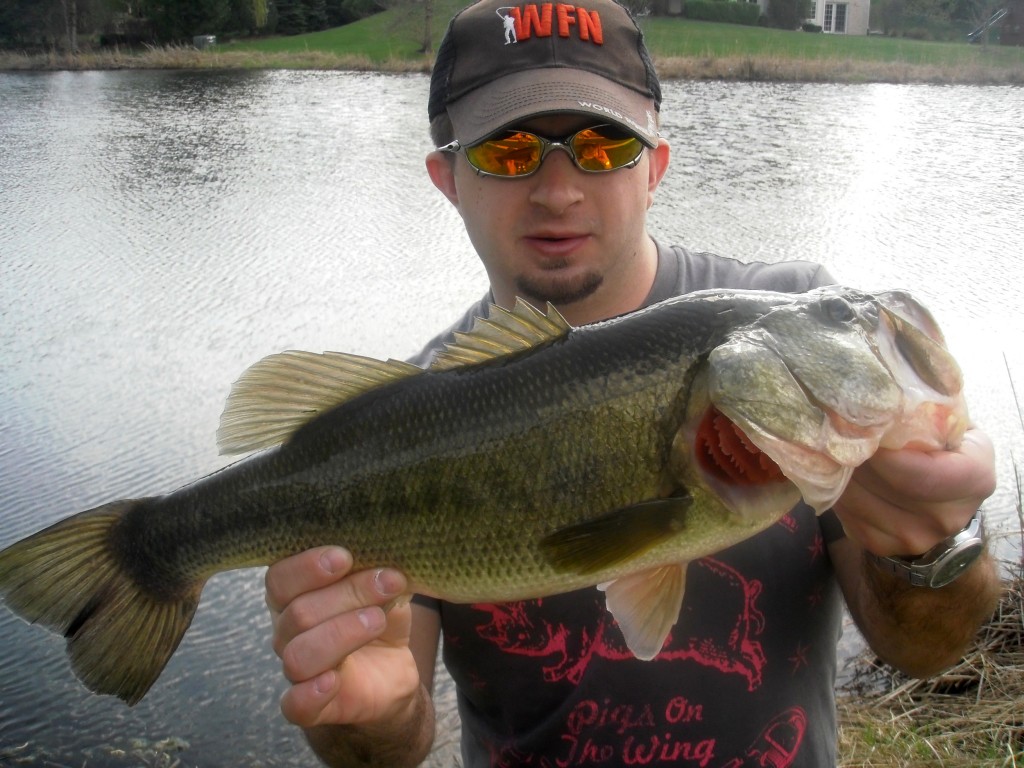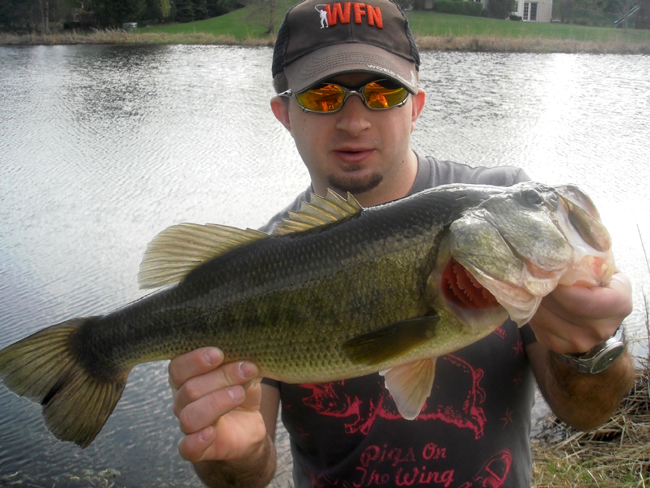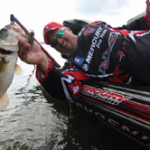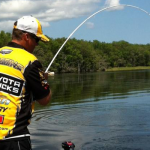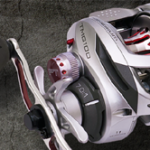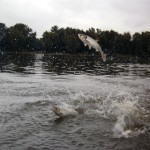By: Chris Loveless – Date Posted: May 11, 2012
Anyone who has ever been out fishing with me for a day knows there is one set-up I always have by my side…. my drop shot rod. Traditionally drop shot fishing is a technique used to vertically jig plastic baits such as worm or minnow imitations over fish in deep water. However, I use a drop shot rig in any body of water, everywhere, all year long.
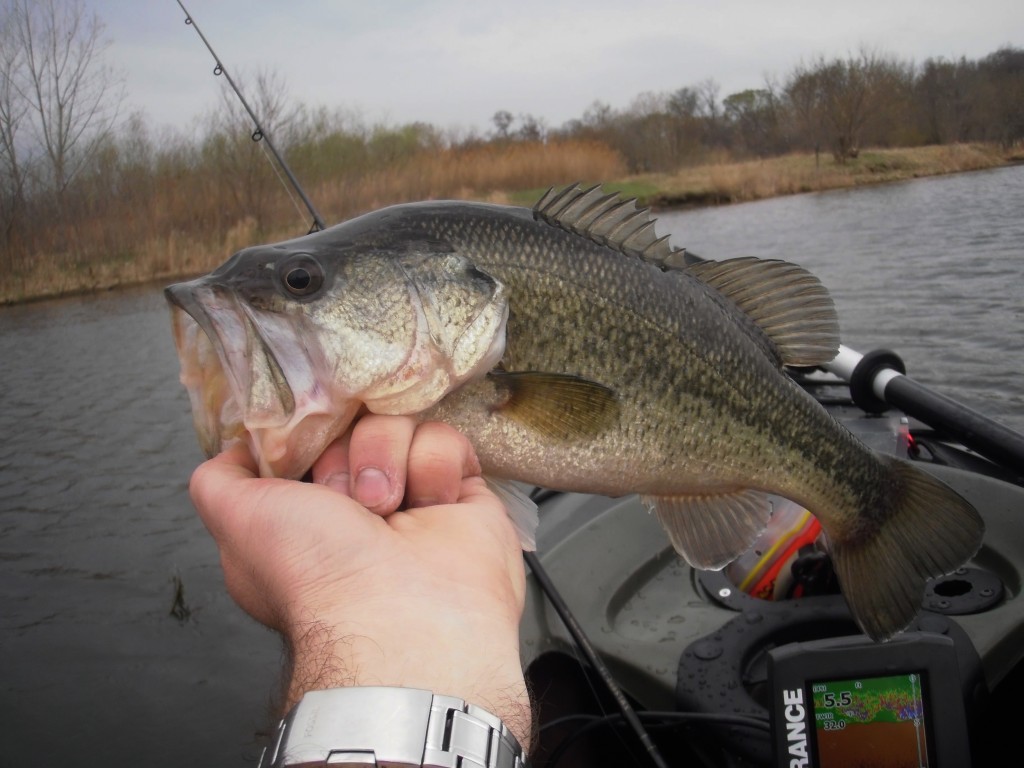
When it comes to proper rod selection, most anglers will say a light spinning rod with a fast tip is best in the traditional drop shot method. When you can have the bait up to 100” below the boat, yes a light sensitive rod is best. But for most scenarios and settings, I have used medium-light to medium-heavy rods from extra-fast to moderate action, and have had success on each set-up. For multi-purpose drop shotting, I recommend a medium-light fast action rod between the lengths of 6’9”-7’3” long. This length and action allows for the best compromise between sensitivity and castability since I hardly ever just drop shot vertically below a boat. It is important to be able to feel exactly what your weight is doing on the bottom but most times a strike will just result in extra weight on the rod. Most bites will not be detected as a tick but rather as a subtle pull on the bait. As long as you have a moderate-fast rod you will notice the strike in less than 20” of water. Many fishermen have even begun to fish with baitcasting set-ups when a little more power is needed to hoist fish out of cover or to keep them from running into cover once they bite.
Once you have a rod selected, pair it with one of your reels spooled with 6-10 lb line, and then all you need is an assortment of hooks and weights. To set up the rig, tie a drop shot with a circle or octopus hook in a size #1 or #2 to your line as you normally would. I have used up to size #6/0 to create a weedless drop shot but I tend to stick with a #2. There are even hooks that come with swivels attached on the ends of the hook eye to reduce line twist.
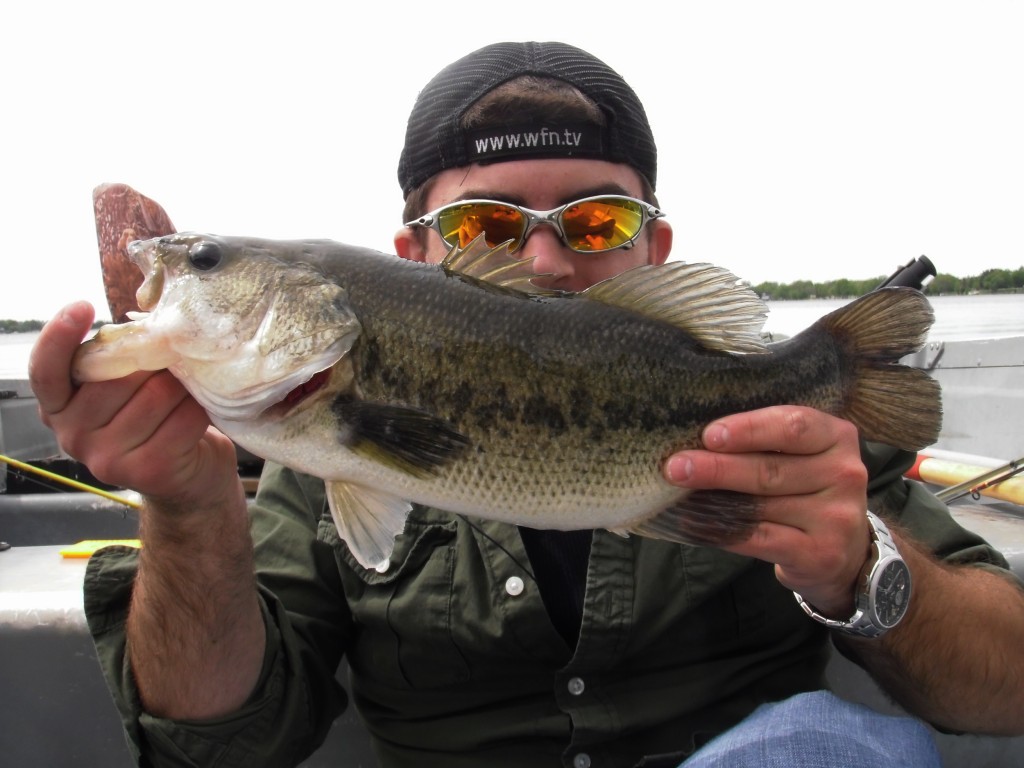
A Palomar knot seems to work best but more important than the knot itself is that you need to leave a tag end remaining when you are done tying the knot anywhere from 6”-24” depending on what depth you want to suspend your plastic. Always tie the knot by threading the line through the eye of the hook with the barb sticking up instead of facing the ground. This will assist in keeping the hook upright when dropshotting and lead to more hookups when a fish strikes. After tying the knot if you put the tag end back through the top of the eye of the hook again it will further insure that gap in the hook will face upwards in the water. Then take the tag end and thread it through the clamp on a drop shot weight and you are set to fish.
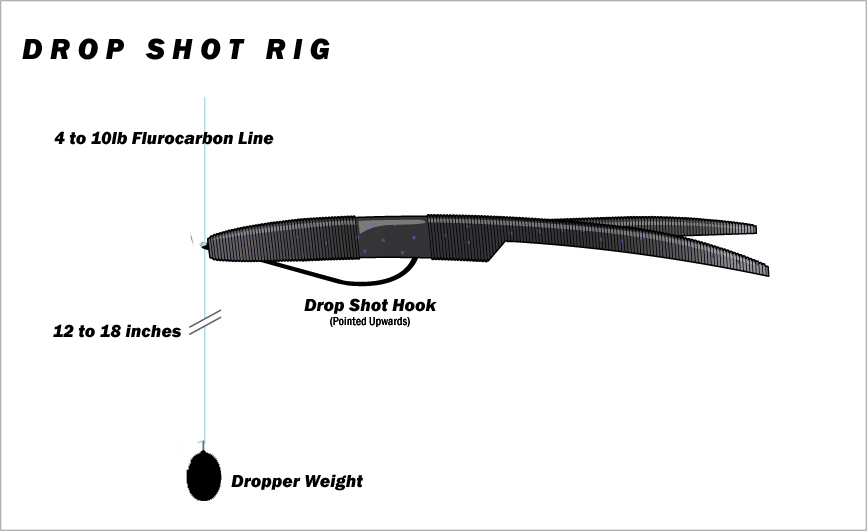
For the sinker, I prefer an actual drop shot weight because it easily pinches to the line. If snags are encountered, or if it ever gets caught between rocks and other debris, it can be easily snapped off and you will not lose the hook and plastic. When fishing areas that do not have many snags, tying a bullet weight or egg sinker to the tag end can create the same effect, and might create more contact with the bottom giving you a better feel for what you are doing. When choosing a weight, always use the smallest you can get away with and yet still remain in contact with the bottom. I use ¼-3/8 oz weights for most applications.
Besides using just a weight, if the water is really stained or you know the fish are very active, thread a glass bead on to the tag end of the rig. The bead calls fish in with the noise that is created when bouncing the rig along bottom. This whole process of tying a hook and attaching a weight only takes a minute.
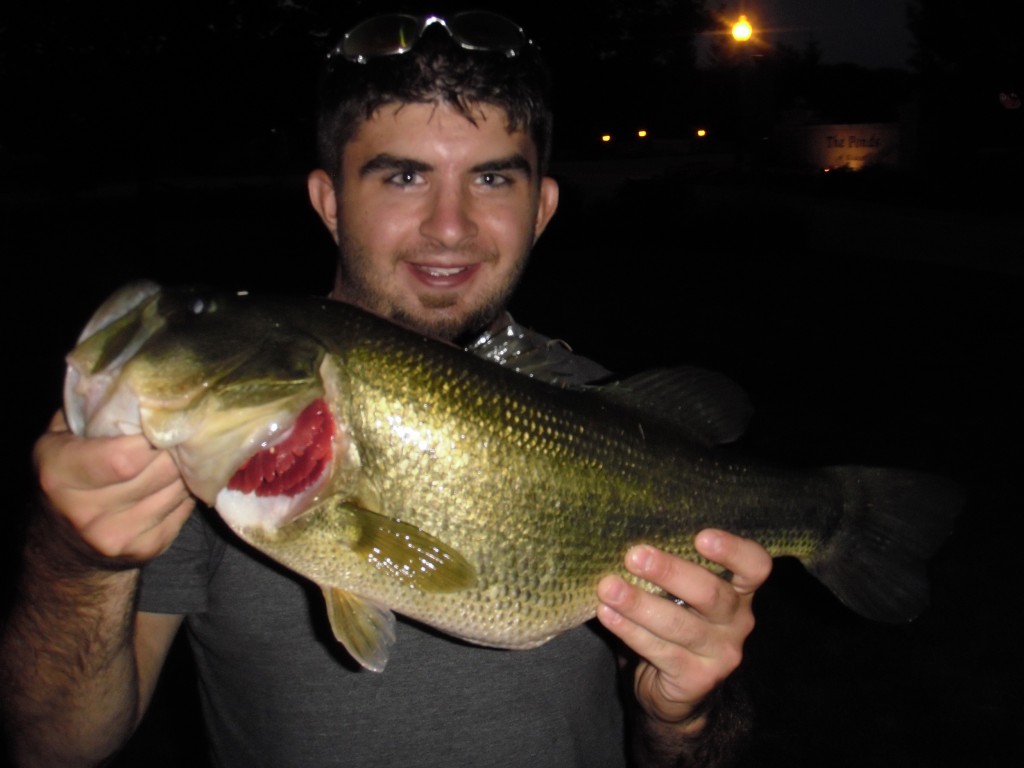
When ready to fish, you can hook just about any soft plastic bait you have to the rig. Nose-hooking plastics is the most common method but wacky rigging a worm is popular as well. I fish straight worms most of time, both nose-hooked and wacky, from 4.5”-8” depending on the temperature. The only time I downsize is during fronts. Besides straight worms, tubes are also very productive drop shot baits and stick worms have quickly become one of my summertime drop shot favorites. When choosing a plastic to drop shot, always try to choose something that will resist sinking and remain neutrally buoyant in the water if you do not have anything that will float. You can stay in one spot longer and work the rig slower, and not have to worry about keeping it from sinking when you do not shake it.
There really is no wrong way to rig a plastic on a drop shot rig. Just hook it and shake it, drop it, drag it, and make it dance under the water. That’s why I fish this way so much. Taking a worm, minnow, or craw imitation and shaking it right in front of a fish for a few seconds will always work. Predatory instincts kick in when it looks like injured prey directly in a fish and they will always eat. From down south in Florida to the northern border of Minnesota, dropshotting is the ultimate finesse technique and will work in the best conditions as well as during the worst fronts. I encourage you to drop shot the next time you hit the water.
